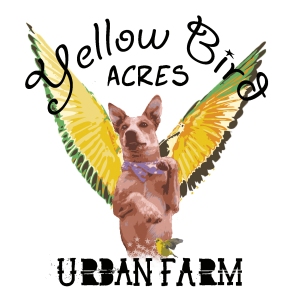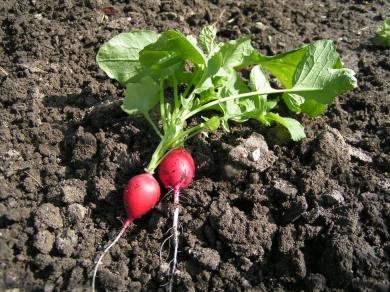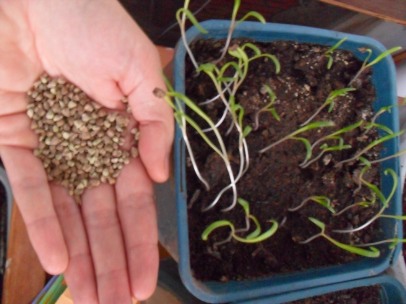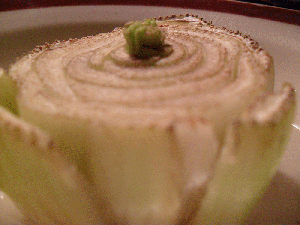Recent trends in pet foods has seen an influx of probiotic bacteria being added in many popular brands of dog foods. However recent studies by the U.S. government have shown that most of these foods, when tested at the consumer level, do not contain all of the claimed organisms listed in the ingredients and some contain additional related organisms not listed. In some cases, living enzymes were not contained in the foods at all. So, why has this bacteria been added to the food in the first place?
There are many articles and websites touting the benefits of adding probiotic bacteria to pet food, most claiming this bacteria encourages healthy gut flora and aids digestion, improving the overall health of your animal. What they don’t mention is this bacteria is extremely sensitive, unable to live in heat or dry environments, which means kibbled dog food in particular is unable to support live bacteria. In fact, the process that most dog foods undergo during production is enough to kill off this bacteria as well as most of the nutrients from the original ingredients.
So if I can’t rely on the probiotic bacteria that has been said to be added to my dog’s food to maintain a healthy gut flora in my dog what can I do for my dog? There are many options for supplementing your dog’s digestive system without spending the extra money to buy a dog food brand with added probiotics. For example, plain yogurt is an excellent supplement for your pet’s food to supply them with a healthy dose of probiotics. Gut flora is also benefited by adding fresh, whole fruits and vegetables to your dog’s diet, the live plant matter adds both soluble and insoluble fiber which probiotics thrive off of, often called prebiotics. Be sure to research thoroughly if a particular fruit or vegetable is ok for your dog to eat before adding it to his diet.
By naturally maintaining healthy gut bacteria in your dog, you can keep him from getting sick, from feeling irritable, and it may even calm him down!








